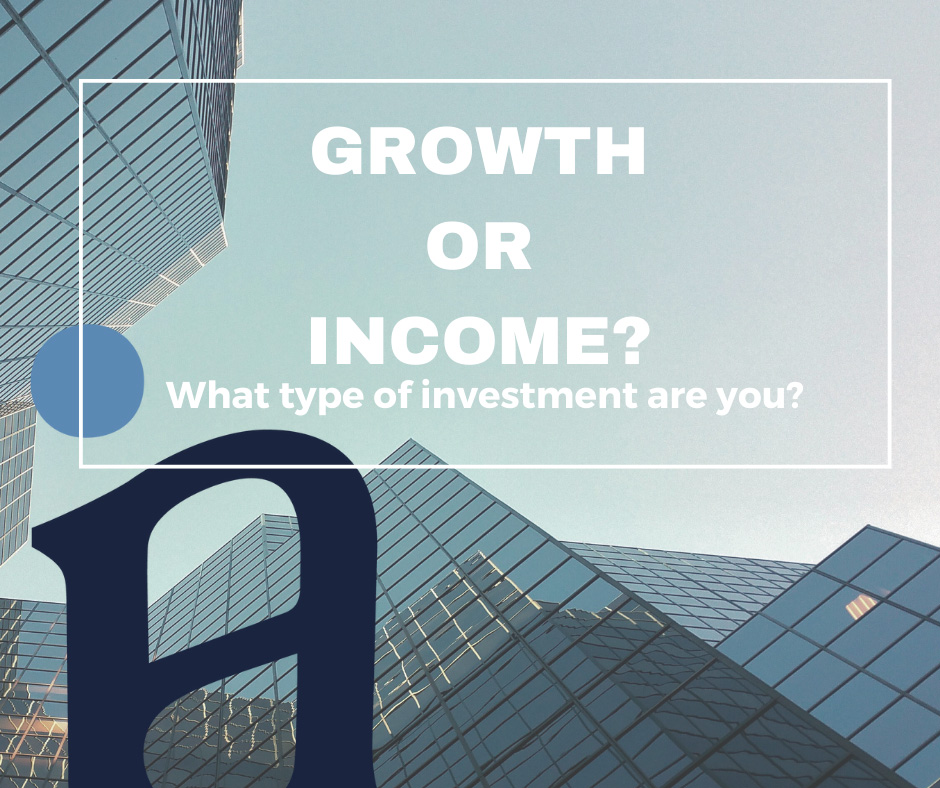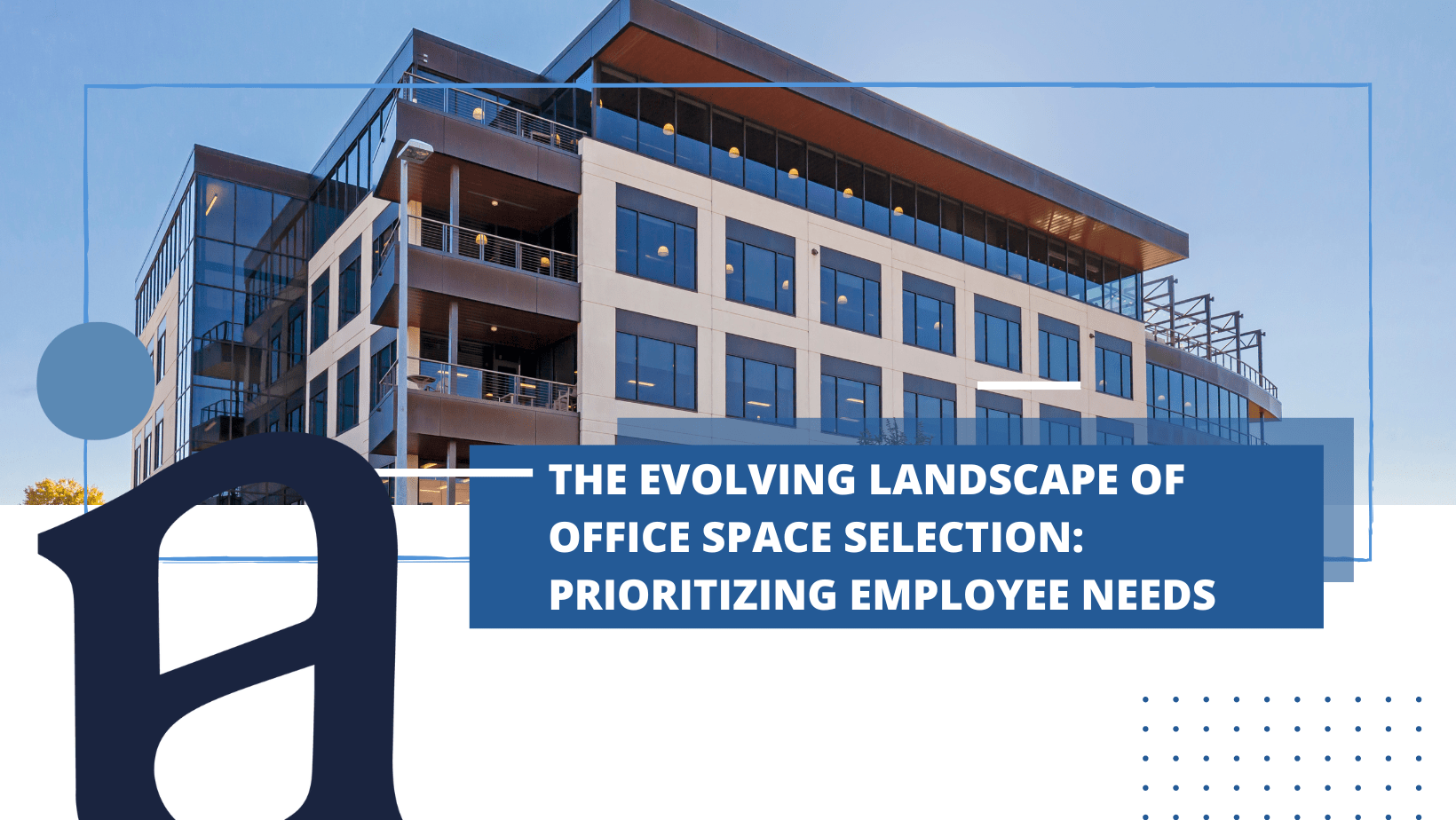Back to All News
March 19, 2024
Growth Investment V. Income Investment. What is Right for you?

SHARE
Investors have an abundance of options when considering where to invest their money. In addition to understanding the investment and its risks, , investors should consider whether they prefer a growth or income investment. What is the difference? Generally, a growth investment does not offer dividends or distribution, while an income investment has some component of a return on investment to the investor. In terms of the stock market, Berkshire Hathaway is an example of a growth investment, while a company like Procter & Gamble, who offers an annual dividend of approximately 2.50%, is an example of an income stock.
The concept of receiving a return on your investment is common in real estate investing. As real estate generates a net profit, those dollars are distributed to investors at set times during the investment (oftentimes quarterly), much like a stock dividend. In fact, publicly traded Real Estate Investment Trust (REIT) stocks are required to distribute a certain percentage of their net cash flow to investors.
On the surface, receiving a steady stream of cash from your investment seems like an attractive feature that many investors may seek out. However, real estate investors may want to consider growth investment options. Consider the following example.
Imagine an investment that generates a ten percent total return annually. Five percent is in the form of a cash distribution and the remaining five percent is an increase in the underlying value of the investment. After five years, your $10,000 investment is worth $12,763 and you have $2,500 in your pocket.
Now, consider a second option – Your $10,000 investment that generated a ten percent total return did not pay any cash distributions; instead, you allow that ten percent return to compound each year. After five years, your investment is worth $16,105, outpacing the cash distribution model by over $840 or 8.4% of your original investment.
It is important for each individual investor to determine their investment goals and anticipated cash needs. In the above example, the compounding option outpaced the distribution option by $840. However, that only holds true if the investor were to spend their cash distributions. If our hypothetical investor decides to reinvest the distributions at the same rate of return, the results would be the same. Additionally, if they invested the distribution at a lower return, the difference would not be as pronounced. Do you want the cash distribution or would you like to leave the cash invested? The answer to that questions depends on each individual investor’s goals.
Here at Investors Associated, we offer a growth real estate investment with opportunities for investors to liquidate all or part their investment twice per year. We believe our investment is relatively unique in the real estate investment space and our partners have enjoyed the flexibility of the investment and our competitive returns. To learn more about Investors Associated and our real estate growth investment, please reach out to Jamie Stefan at (414) 797-3947 or [email protected]


